bunion surgery issaquah
Displaying items by tag: bunion surgery issaquah
Dr. Timothy Young, A Board Certified Bunion Surgery Expert Talks About Avoiding Post-op Infections
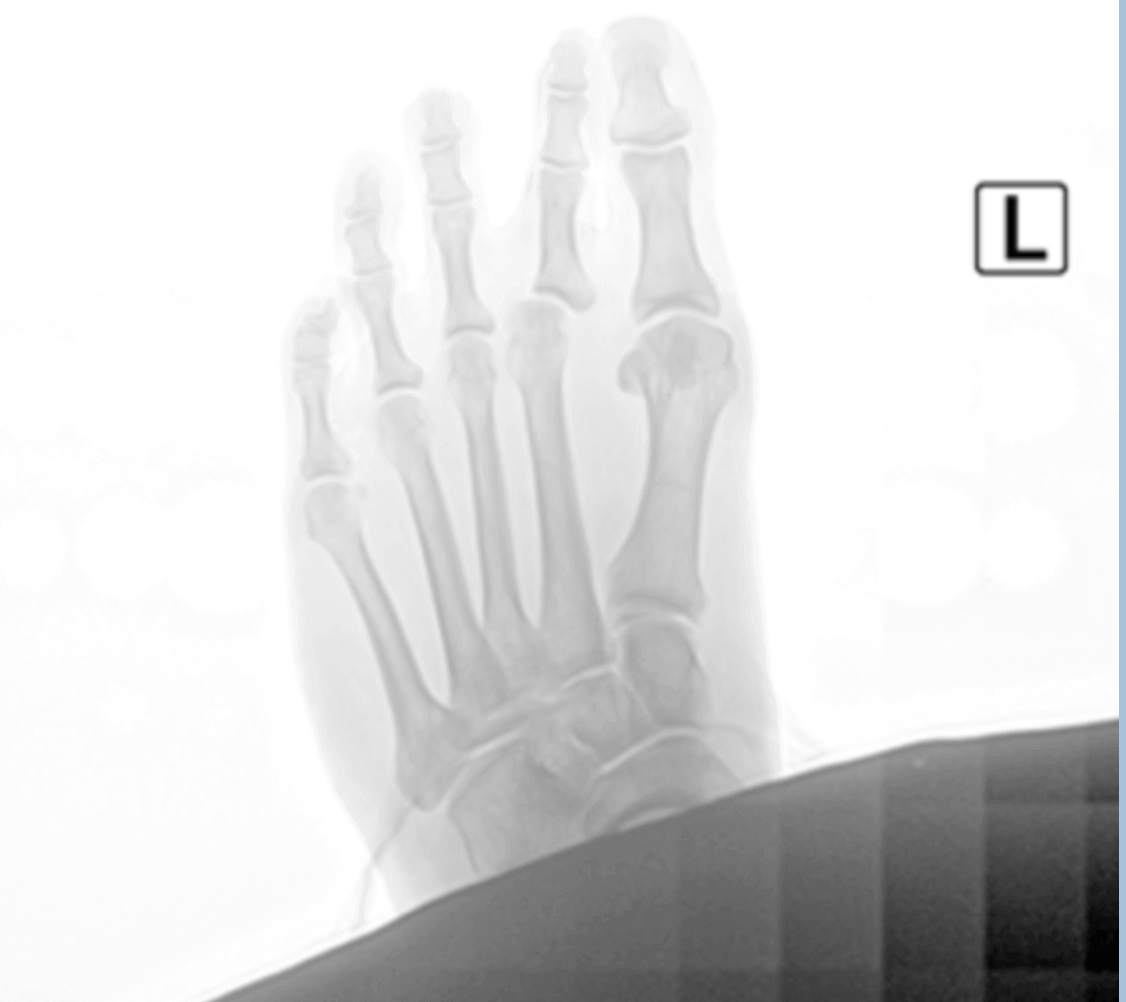
Complications from foot surgery are not common and many of them can be avoided with careful planning and following your doctor’s recommendations. Keeping your foot dry after surgery and until after your sutures are removed is recommended. During the first few days after surgery the incision site will still create a pathway for bacteria to get into the deeper tissue layers.
Sutures also penetrate a deeper layer and if they get wet or are contaminated they could create a direct pathway for bacteria to travel deep and cause an infection. We do not recommend allowing the incision site to get wet with bathing until after sutures are removed. Use a special cast protector for bathing and make sure that it is on correctly. A garbage bag with rubber bands may leak and fill with water-not good! Follow your doctor’s advice on wound care. At our clinic, after surgery we change our patient's dressings at our clinic to make sure it is done using sterile technique, for example a postop infection is certainly going to be more of a risk if you have an open wound or one that still has sutures and you get your foot wet such as bathing.
If you have questions about bunion surgery, and would like a consultation please let us know.
Give us a call today at 425-391-8666 or make an appointment online.
Dr. Brandon Nelson, A Bunion Surgery Expert, Discusses When to Consider Bunion Surgery

Bunions are painful enlargements around one’s big toe joint. They can be uncomfortable in shoes and with exercise. The majority of pain is usually associated with swelling, throbbing and sometimes redness. Most people with a bunion will have a family history of foot disorders and have a parent with a bunion. Commonly patients will have tried larger shoes or wider shoes and most will continue to have pain despite these measures. I get a lot of questions about the timing of bunion surgery and when to fix the bunion deformity. I will answer some of the most common questions to help others make this decision.
1. When should I have bunion surgery?
The majority of patients I see already have bunion pain and that is why they are in the office. I always have the discussion with patients about whether the bunion is causing pain daily or interfering with the activities they want to enjoy. If these are occurring it is time to fix the bunion. This deformity can make life challenging especially from a physical activity standpoint. If your bunion is preventing you from exercising, it is time to fix it.
2. How long is my recovery?
It depends on the bunion procedure that is utilized. The majority of bunion surgeries patients can begin to walk when they can tolerate it. Surgery will cause some pain and swelling. I like to have my patients aggressively treat the swelling as this will create a quicker return to activities. I also like my patients that are athletic to maintain some sort of activity, like riding a stationary bike. Runners will most likely need about 2-3 months before they can return.
If you are suffering from a bunion and need a consultation to discover what conservative or surgical options are available schedule an appointment online or give us a call at 425-391-8666 today.
Dr. Timothy Young Talks About Using Tylenol After Bunion Surgery or Foot Surgery

Don’t forget that if you take narcotic pain medication, it may have Tylenol in it. Medication such as Percocet and Vicodin may have Tylenol in it and there’s a maximum daily dose of Tylenol, approximately 3000 mg per day. This is why it’s important to keep a log of your medications. If you’re not comfortable with this then make sure to ask your doctor for narcotic pain medication that is a stand-alone item such as pure oxycodone instead of Percocet.
It’s recommended to have a family member help you keep track of these pain medications with a log. Set your clock or phone so that you have a schedule because you want to stay on top of the pain.
If you are experiencing foot or ankle pain, give us a call today at 425-391-8666 or make an appointment online.
Dr. Timothy Young Talks About Joint Fluid and Bunion Surgery
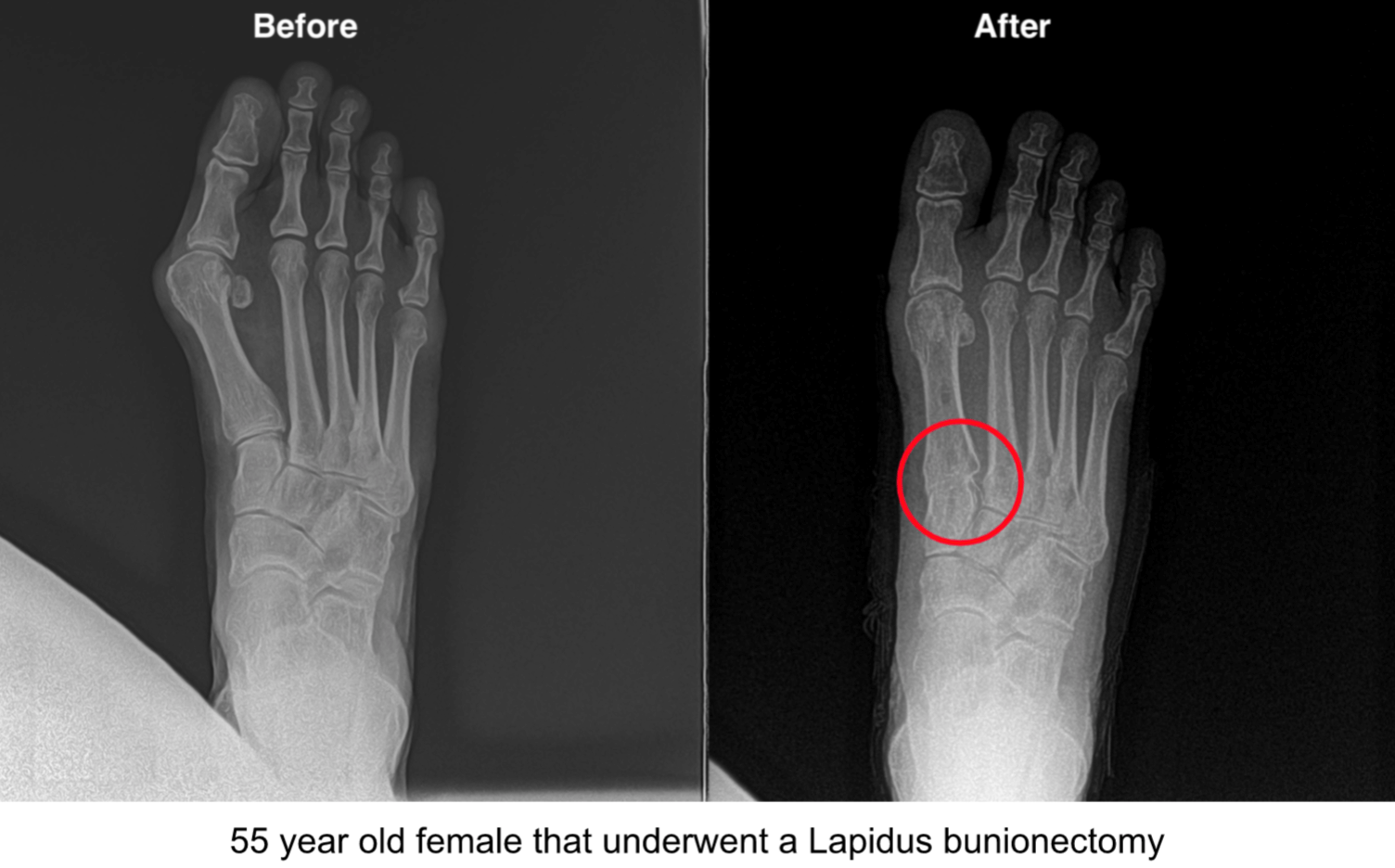
Surgical bunion correction is a common procedure at our clinic and our surgical center. During bunion surgery after the skin incision, subcutaneous layer is also dissected and then the joint capsule. The joint capsule serves multiple functions. One is to help stabilize the joint–much like the ankle joint has ligaments that stabilize your ankle. The inner layer of the joint capsule produces synovial fluid to lubricate the joint. During surgery this joint fluid comes out during the procedure.
It can be helpful to replenish this joint fluid to help get the joint functioning properly again and moving like it should. There are different ways to accomplish this. We often inject sympathetic joint lubricant into the joint during the early postoperative time frame. The brand that we utilize is called Supartz. This was originally FDA cleared to help protect the knee joint and treat knee joint symptoms. We use Supartz in many different applications within the foot and ankle. But after bunion surgery to get the joint moving again, is certainly one of them. This can also be very helpful if the patient has arthritis of the great toe joint and has to have a joint cleanup procedure to remove some of the bone spurs and repair cartilage.
Dr. Brandon Nelson Discusses How to Find The Best Bunion Surgeon
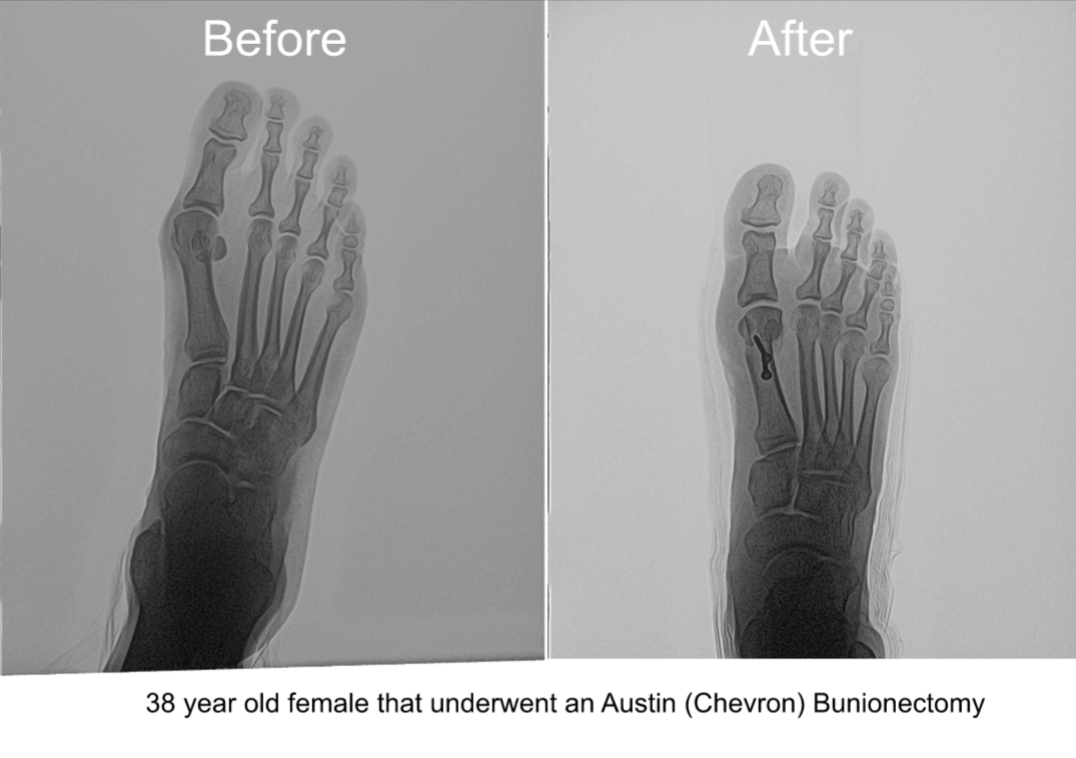
Bunion surgery can be a complex surgery. It depends on the nature of the bunion deformity and the overall foot structure. There are many factors that go into bunion deformity correction. Complicating factors can include overall flatfoot for high arch foot or lesser digital deformities including hammertoes. However some bunions are straightforward and are easily corrected. It is important to see a foot and ankle specialist that does or has done a large number of bunion deformities.
I also recommend trying to find a physician that has a surgery center as this is a huge cost-savings and time-savings for the patient. The majority of bunion procedures can be divided into head procedure or base procedure. The larger bunion deformities require base procedure and a smaller bunion deformity can be corrected with a head procedure. I also recommend patients make a list of questions regarding their foot in the overall correction recovery process. It is very important that patients choose a physician that they are comfortable with. I currently have been practicing for about 15 years and have fixed too many bunions count. If you have a bunion deformity and are contemplating getting it corrected nursing once available for conservative measures give us call today at 425-391-8666 or make an appointment online.
Dr. Brandon Nelson Discusses Common Questions Regarding Bunion Surgery
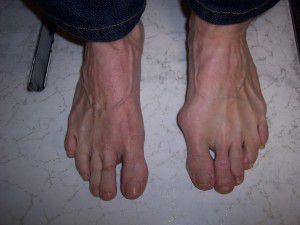
Do I need bunion surgery?
Quite a few patients ask this question. There are many factors that go into whether I think a patient should undergo surgery. Pain is the primary factor that I like to use for patients deciding whether or not they need bunion surgery. Another factor includes whether or not their second toe is affected from the bunion with something like a hammertoe occurring. Another important factor to consider is that a bunion is a progressive deformity and at some point usually requires to be fixed.
How long doesn’t take to recover from bunion surgery?
This is a much harder question to answer because there are many variables that play into this. The most important variable is the type of bunion surgery that was performed. It also depends on one's definition of recovery. Majority of patients we see are walking within 1 week and can return to normal activities as quickly as 6 weeks or as long as 3 months.
Doesn’t hurt to have bunion surgery?
I find this question very easy to answer yes bunion surgery can be uncomfortable. However, at our office we typically perform 3-5 bunion surgeries every week and are very well-versed in helping patients with pain management. Any type of surgery will typically produce pain as this is a normal an inflammatory response. The majority of people that we treat typically will take pain medications for approximately 1-3 days.
Can I still Drive after having bunion surgery?
This question really depends on the type of bunion surgery that is performed. A large majority of bunion surgeries the patient can drive as soon as they feel comfortable. The majority of patients will drive in a stiff shoe however some patients with larger reconstructions may not be able to drive for approximately 4-6 weeks.
Dr. Timothy Young Talks About When to Do Bunion Surgery Continued

We have talked previously about timing for bunion surgery and how bunions progress over time. The challenge is that it is never the right time for bunion correction surgery. So what are your alternatives, how can you buy some time. There are some different options.
Dr. Brandon Nelson Discusses the Best Options for Bunion Surgery

Contemplating bunion surgery can be an overwhelming task. Often times we see patients that have visited multiple practitioners. The best piece of advice I can give my patients is to be comfortable with the physician. There are many different types of bunion surgeries. The majority of bunion procedures can be broken up to either head or base procedures. The way to think about it is really large bunion deformities as base procedures and smaller bunion deformities can utilize head procedures.
The most common head procedures performed are the Austin bunionectomy or some form of a Chevron osteotomy. The most common of base type procedure is the Lapidus or arthrodesis of the metatarsal cuneiform joint. The procedure performed really dictates the postoperative recovery. The majority of patients we see are walking within the first week and usually do not take more than 3-5 days off of work. Another great things about Issaquah Foot and Ankle Specialists is we have an on-site surgery center which really reduces the cost and time. If you are contemplating bunion surgery we would happily discuss it with you and help you come up with the best available options.
Give us a call at 425-391-8666 or make an appointment online today.
Dr. Nelson Discusses When to Have Bunion Surgery
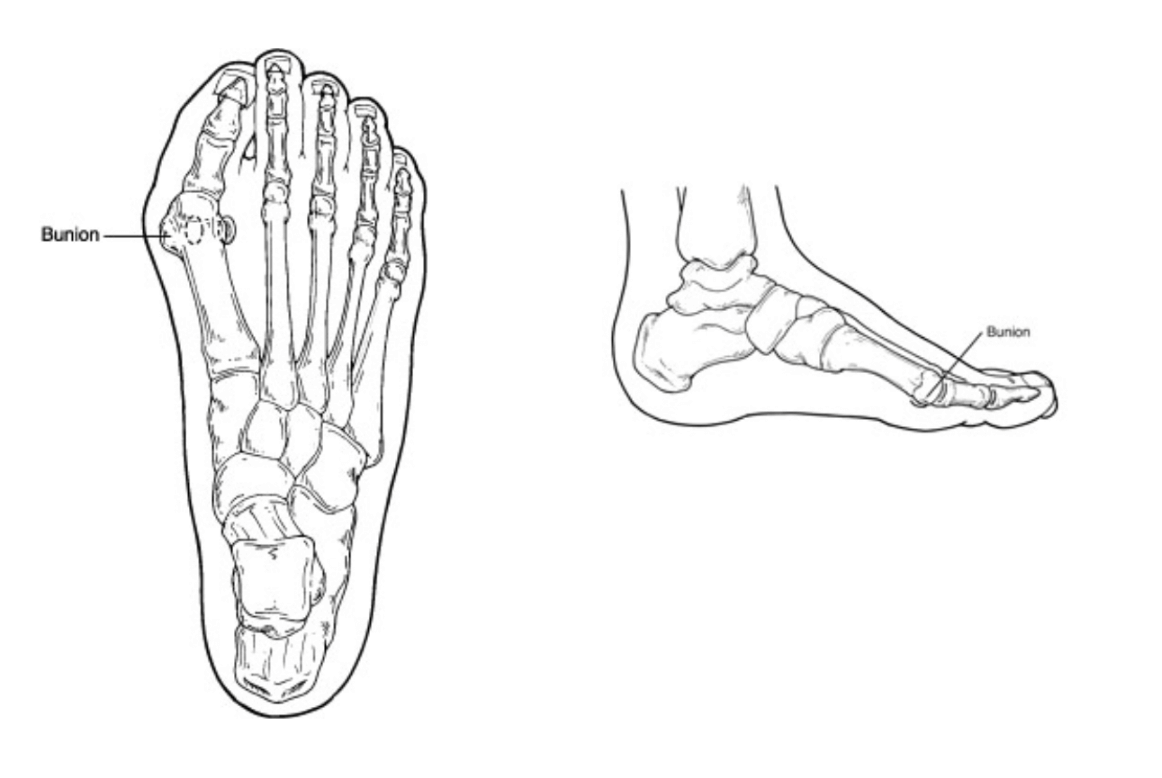
The most common surgical procedure I perform by far is a bunionectomy. The bunionectomy procedure itself can be very rewarding for patients and physicians like. Often times patients come in with a significant amount of foot pain and a history of multiple conservative modalities have been attempted all to no avail. These people are obviously good candidates for surgical correction. Additionally I see a lot of patients that are currently not in pain however have a hard time fitting shoe gear or have a large bunion a family history of bunion deformities.
Surgical intervention is often warranted for patients that have a family history of bunion deformities or have a hard time fitting in shoes. A few patients come in with a large bunion that doesn’t have pain. Initially it is important to evaluate the patient from a clinical standpoint and radiographic standpoint. Often times on the x-ray we’ll see the beginning of arthritis and correcting the bony can help reduce the chance of long-term arthritic changes. I recommend patients that have a bunion to release be evaluated. That way we can at least implement conservative measures.
Dr. Timothy Young Talks About How Long to Wait for Bunion Surgery

There are multiple factors to consider on timing for bunion surgery.
One consideration is that over time the bunion gets worse and it’s possible that a more corrective procedure will be needed that will take more time to heal, causing more downtime. Therefore "putting it off" can mean more concerns in the future. Another factor is the fact that this is surgery and it’s helpful to have family help for the first week afterwards. Some of our patients just can’t wait because the bunions are so bad. Then it’s helpful to have a family member help, especially if for example it’s a mother with small children.
Another factor as I mentioned is that the longer you wait the more other problems can develop. It’s not uncommon over time with a bunion to also develop a hammer toe with the second toe. So now there is another procedure that needs to be addressed surgically.
Overtime there is adaptation of the great toe joint with a bunion and more potential for adaptive changes and arthritis.
If you have a bunion and want to discuss treatment options and surgical treatments, please make an appointment to consult with my self - Dr. Timothy Young, or my partner - Dr. Brandon Nelson.



